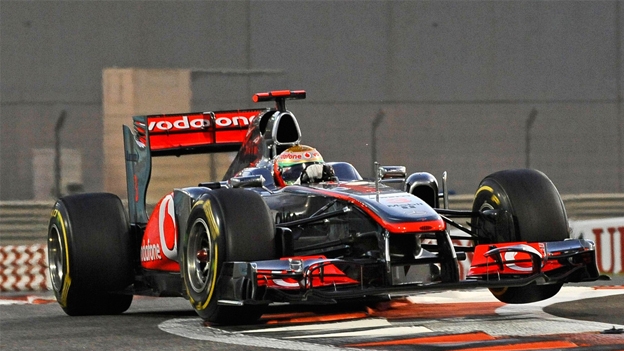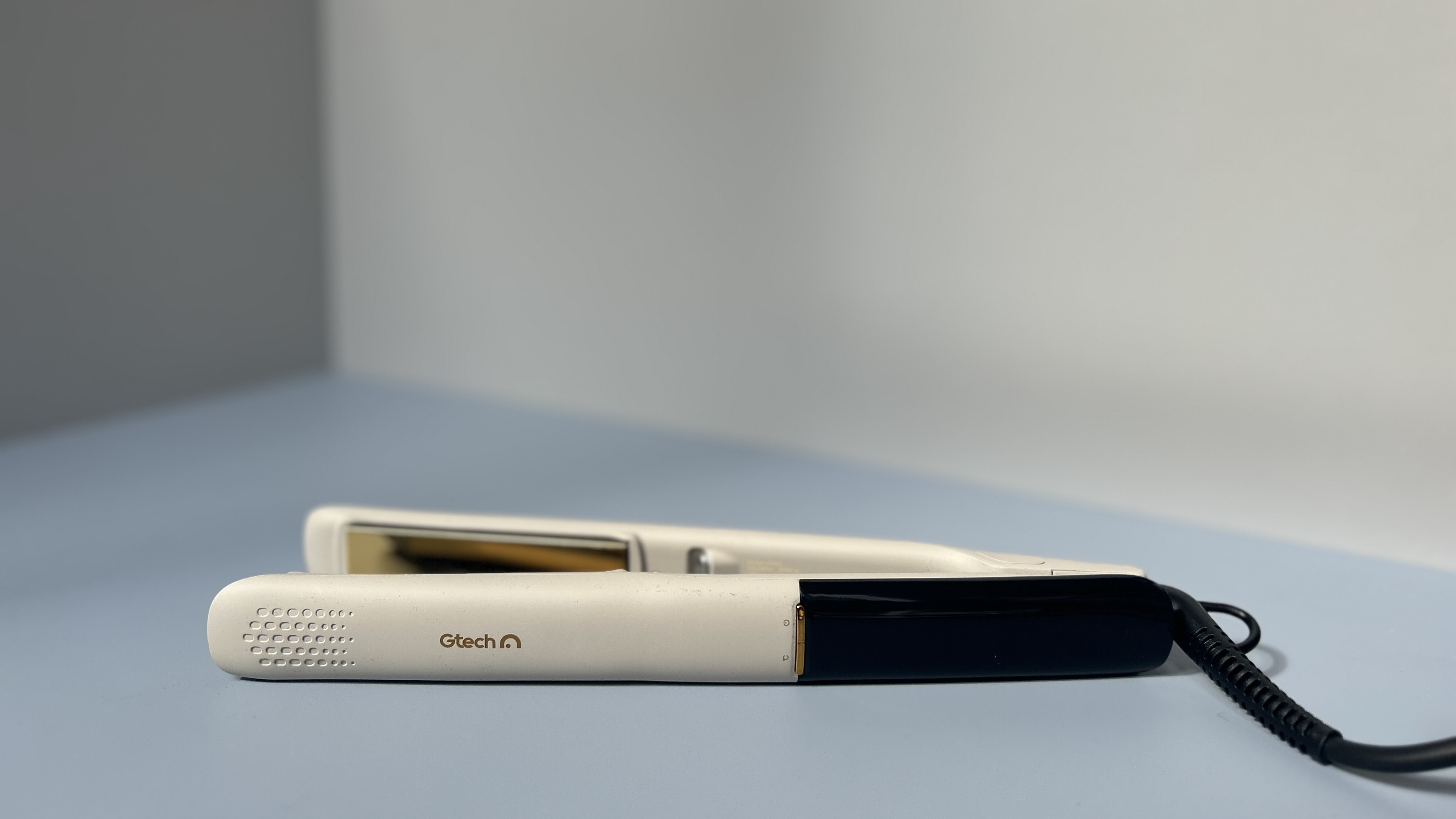
Prepare for the Formula 1 2012 season with a look back at the most influencial F1 tech changes. From disc brakes to pit-side revolutions, here are the biggest advances in the motorsport's tech history
A new season, and a new broadcaster, Sky F1 HD channel is set to be your destination for all the Grand Prix action this season and while we look forward to seeing how Sky will 'reinvent interactive television', we simply just can't wait to see Vettel and company in action again.
As we approach the first race of the Formula 1 2012 season this weekend, we marvel at the bleeding-edge motoring technology that's shaped F1 – and sometimes your car too – up to now.
1955 Disc Brakes Introduced
Thanks to an F1 car's incredible disc brakes – which consist of a rotor and calliper at each wheel – it can brake from 124mph to a standstill in just 2.9 seconds. They're designed to work in extreme temperatures of up to 1,000ºC.
1960 Safety Introduced
All F1 cars are fitted with a fire extinguishing system, a circuit breaker to instantly cut all electrics, a red light at the rear for poor weather conditions and a heavily padded cockpit. Drivers must be able to remove the steering wheel and get out of the car within five seconds.
Sign up to the T3 newsletter for smarter living straight to your inbox
Get all the latest news, reviews, deals and buying guides on gorgeous tech, home and active products from the T3 experts
1989 Semi-Automatic Transmission Introduced
F1 cars use semi-automatic sequential gearboxes. These have seven forward gears and one reverse. Gear changes and clutch control is performed electro-hydraulically and all F1 cars use rear wheel drive. If a team changes gearbox more than once over four consecutive races they'll be dropped five places on the grid.
1989 Turbochargers Banned
Turbos were pioneered by Renault's 1977 F1 team and remained an F1 fixture throughout the 80s. Engine power reached up to 1,400bhp using special “grenade” engines that were good for about one lap. They were eventually banned by the FIA in 1989.
1989 Paddle-Shift Gearboxes Introduced
Initially popularised by Ferrari in the early 90s, these wheel-mounted systems are now commonplace in both motorsport and supercars. The F1 steering wheel, which costs around £25,000, also controls the fuel mix, front wing angle adjustment and the team radio.
1994 Active Suspension Banned
Active suspension enabled the height of a car, and therefore its aerodynamics, to be adjusted for different parts of the circuit, allowing drivers to squeeze every last 100th of a second from their machine. Clever, but a recipe for tedium.
2008 Traction Control Banned
Adding grip on tarmac, this is very useful on B-roads, but an excitement killer in F1. Once it was taken away in 2008, we got more dramatic race starts – getaways were far more dependent on the driver's skill – and more overtaking.
2009 Slick Tyres Reintroduced
Between 1998 and 2008, regulations required F1 tyres to have no fewer than four grooves in them, which slowed cars down. However, in 2009, slick tyres with no indentations returned. Slicks are super-fast in dry conditions, although a driver caught in the rain on them resembles Bambi on ice (in a Formula 1 racing car).
2009 Adjustable Front Wings Introduced
A Formula 1 car's front wings have aircraft-like flaps that can be minutely adjusted throughout a lap to provide differing levels of aerodynamic downforce for each individual corner.
2009 KERS Introduced
Introduced last season, The Kinetic Energy Recovery System stores some of the energy used during braking. A driver in need of a power boost can hit the KERS button and draw on that stored power. It increased overtaking, but has been banned from the upcoming 2010 season.
T3.com is one of the UK's leading consumer lifestyle websites and T3 magazine is its print counterpart. You can follow us on Twitter, Facebook and Instagram.
We present products in helpful buying guides and carefully curated deals posts across style, living, auto, smart home, watches, travel, fitness and more. We're delighted that 38,000 people buy a copy of T3 magazine every month.
-
 Gtech’s haircare debut starts strong with these new straighteners – I'm impressed
Gtech’s haircare debut starts strong with these new straighteners – I'm impressedI've been excited to try these for a while
By Lizzie Wilmot
-
 I loved the Ressence Type 7 at Watches and Wonders – but the real gem has lurked in its catalogue for six years
I loved the Ressence Type 7 at Watches and Wonders – but the real gem has lurked in its catalogue for six yearsYou've never seen a watch like this
By Sam Cross